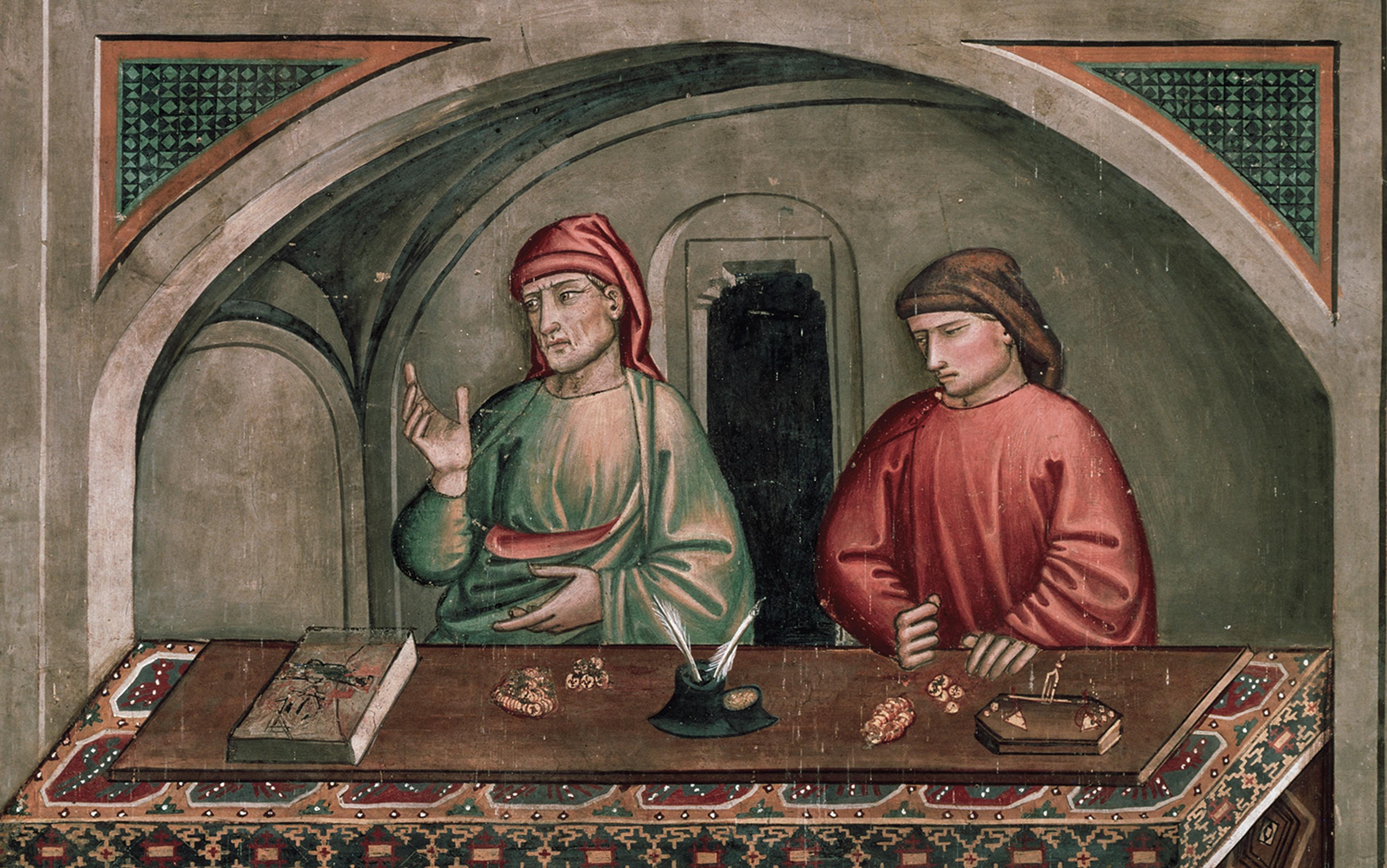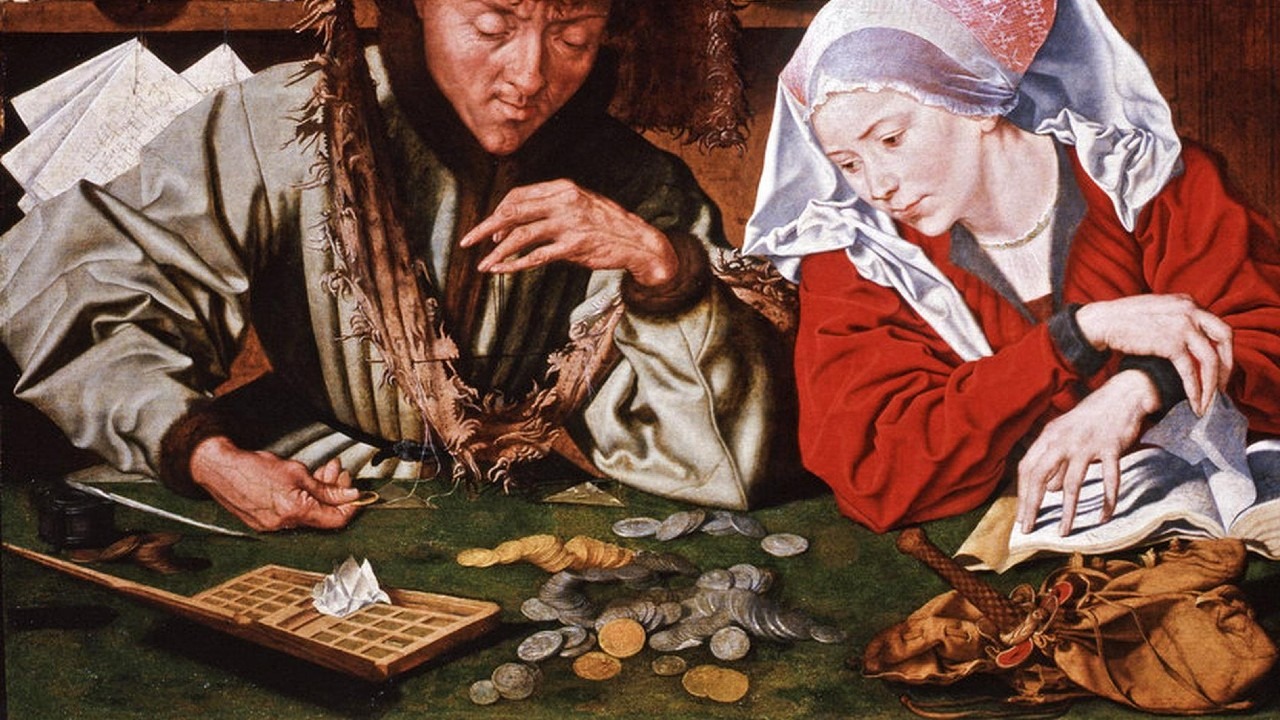Certainly, let’s explore how a lengthy 3000-word article on modern finance can be likened to medieval theology, with a focus on replacing “ with `
` or `
`.
Both modern finance and medieval theology, despite their seemingly disparate domains, share striking similarities in their:

Medieval Theology: Built upon intricate systems of logic and reason, meticulously dissecting religious texts (like the Bible) to derive complex doctrines. These doctrines, often interwoven with philosophical and metaphysical concepts, formed a grand tapestry of beliefs about God, the universe, and humanity’s place within it.
Scholasticism:
A prominent movement within medieval theology, emphasized rigorous intellectual inquiry and debate, employing Aristotelian logic to reconcile faith with reason.
Summa Theologica:
A monumental work by Thomas Aquinas, exemplifies the scholastic approach, systematically addressing fundamental theological questions with intricate arguments and counterarguments.
Modern Finance: Relies on sophisticated mathematical models and statistical analyses, constructing intricate theories about asset pricing, risk management, and portfolio optimization.
Efficient Market Hypothesis (EMH):

A cornerstone of modern finance, posits that market prices fully reflect all available information, making it impossible to consistently outperform the market.
Black-Scholes Model:
A groundbreaking model for pricing options, employing complex mathematical formulas to determine the fair value of derivatives.
Medieval Theology: Dealt with abstract concepts like the nature of God, the existence of heaven and hell, the problem of evil, and the meaning of salvation. These concepts, often beyond the realm of empirical observation, were explored through philosophical arguments, theological debates, and mystical experiences.
Original Sin:
A central doctrine in Christian theology, explaining the inherent fallen state of humanity and the need for redemption.
Trinity:
The Christian belief in one God existing as three distinct persons: Father, Son, and Holy Spirit, a complex concept that has been the subject of extensive theological discourse.
Modern Finance: Grapples with abstract concepts like risk aversion, utility maximization, market efficiency, and the time value of money. These concepts are often difficult to directly observe or measure, requiring sophisticated mathematical models and statistical techniques for analysis and interpretation.
Risk-Return Tradeoff:
A fundamental principle in finance, stating that higher potential returns are typically associated with higher levels of risk.
Arbitrage Pricing Theory (APT):
A model that explains asset returns based on a number of systematic risk factors, involving complex mathematical formulations and statistical estimations.
Medieval Theology: Sought to define and defend doctrines with utmost precision, engaging in intricate debates over the nuances of theological language and the interpretation of sacred texts.
Scholastic Disputations:
Formal debates held in universities, where scholars rigorously debated theological and philosophical issues, aiming to arrive at truth through reasoned argumentation.
Modern Finance: Strives for mathematical rigor and precision in its models and analyses, employing sophisticated statistical techniques to test hypotheses, quantify risk, and optimize investment decisions.
Quantitative Finance:
A branch of finance that heavily relies on mathematical and statistical methods, employing techniques like stochastic calculus, game theory, and machine learning for financial modeling and analysis.
Medieval Theology: Relied heavily on the authority of religious texts, the teachings of Church Fathers, and the pronouncements of ecclesiastical leaders. However, there was also room for scholarly interpretation and debate within the framework of established doctrines.
Papal Bulls:
Official decrees issued by the Pope, carrying significant authority within the Catholic Church.
Modern Finance: While empirical data and rigorous analysis play crucial roles, the interpretations and applications of financial theories can also be influenced by the authority of prominent academics, influential investors, and financial institutions.
Nobel Laureates in Economics:
Their work often shapes the prevailing thinking in finance, influencing academic research, investment strategies, and regulatory policies.
Medieval Theology: Evolved over centuries, with new doctrines emerging, old ones being reinterpreted, and ongoing debates shaping the course of Christian thought.
Reformation:
A major period of religious and social upheaval, leading to significant changes in Christian theology and practice.
Modern Finance: Is a dynamic field constantly evolving, with new theories being developed, existing models being refined, and technological advancements leading to new approaches to financial analysis and investment.
